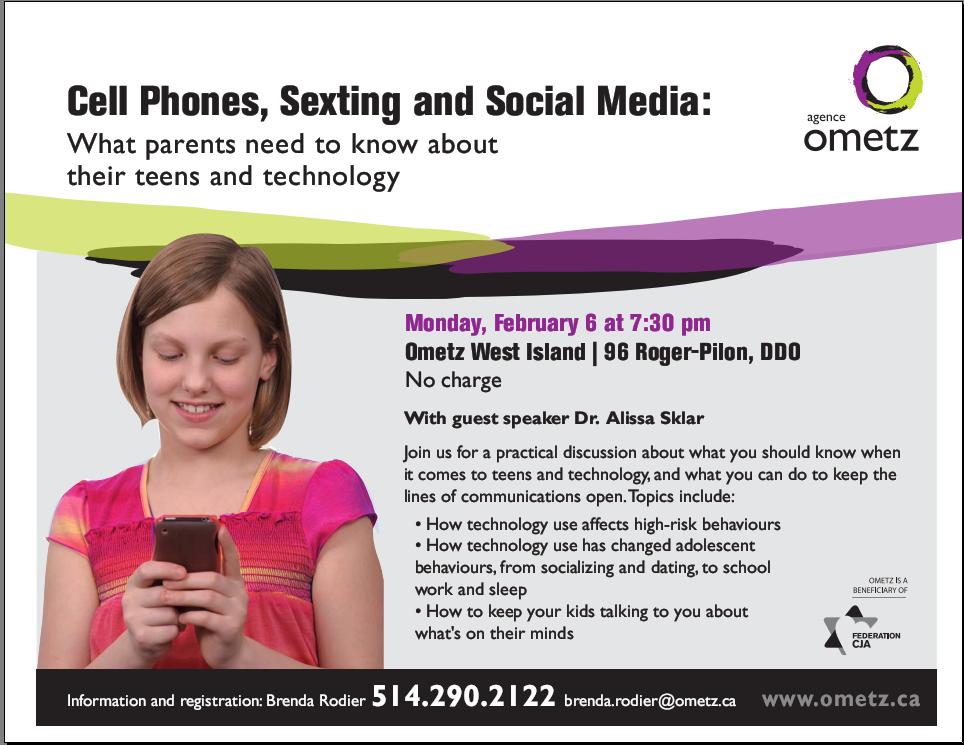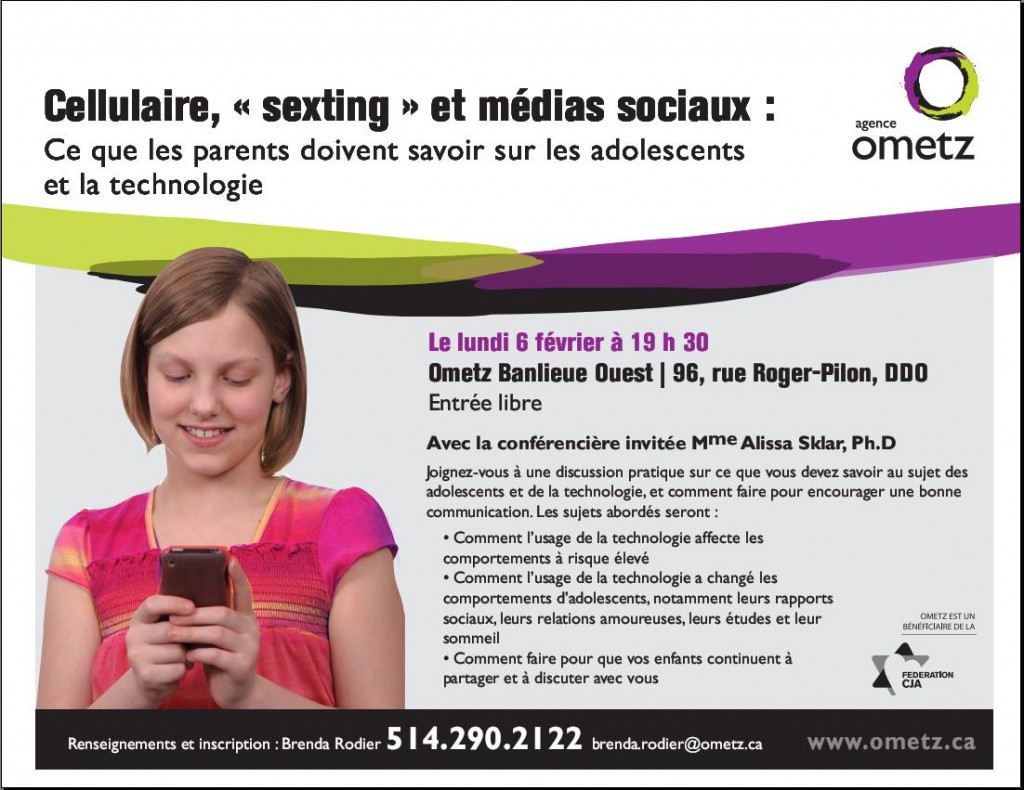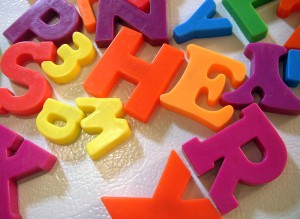 The first time I stepped into a university classroom as a teacher, I felt like a television. After more than 5-10 minutes of lecturing — no matter how interesting the subject — their gazes began to glaze over. Even those students who were engaged in the material seemed to quickly forget I could see them sitting there at their desks.
The first time I stepped into a university classroom as a teacher, I felt like a television. After more than 5-10 minutes of lecturing — no matter how interesting the subject — their gazes began to glaze over. Even those students who were engaged in the material seemed to quickly forget I could see them sitting there at their desks.
They picked their noses. Played with their various piercings. Doodled in their notebooks. Activities that would be openly insulting if I was speaking to them one on one.
I quickly learned to jazz up my material with media clips, punctuate lectures with frequent discussion questions, group work, pair and share activities. I moved around the whole classroom, worked hard to modulate my voice and throw in joke. I’d leave each class thoroughly drained but satisfied that I’d kept their attention.
I thought of this as the Sesame Street/ MTV effect. These students had been weaned on non-stop entertainment, on rapid jolts of audio-visual stimulation. They were not accustomed to sustained periods of focused attention. Video games seem to accentuate this tendency to prefer hyper-kinetic media forms.
I’m very sensitive to this with my own children. I have no problem with some exposure to the Wii’s, Nintendo DS’s and iPads that fill their days. I let them eat their Cheerios with Elmo and Dora, and move on to Wizards of Waverly Place and (eventually) Glee. But I was always insistent on time also spent with real books, on the kind of art projects that make your fingers dirty and adventure games played outdoors with flesh-and-blood friends (not just onscreen with avatars).
As they get older, the struggle to keep this balance is harder and harder. Most of their homework is done online (often in very creative ways). There’s no more trudging over to a library to look things up in books. Everything is online. Instantaneous. Rendered in live-streaming, HD-quality video. Teachers instantly email them feedback and answer questions on Saturday afternoons.
Although I still work very hard to make sure they do spend some time outside (not just skiing on the Wii) and meet their friends face to face, I’ve come to the conclusion that we need to maintain a more balanced understanding of the time our kids spend online. It isn’t fair to lump it all under the rubric “screen time” as if Photoshop were the same as Phineas and Pherb.
Because it’s not.
A couple of years ago I interviewed Michael Hoechsmann, then a professor in McGill University’s Faculty of Education (and now at Lakehead University), for an article in Montreal Families Magazine about whether socializing online was actually bad for our kids. Dr. Hoechsmann, himself a father of two teenaged boys, urged parents to make a distinction between using a computer for production and consumption. When his children are writing on a blog or posting a poem, for example, “I consider it the equivalent of time spent drawing or building a model.” However, ‘”If they are just doing consumption online [such as watching YouTube videos or playing a game], I consider it only a slightly more active version of watching TV.”
Some of the things our kids can do online are downright amazing. They have access to the most powerful, creative and productive technologies ever produced. The potential for learning new things, stimulating their growing brains, developing new interests and exploring new talents is phenomenal.
So I thought that instead of joining the mob decrying the impact of computers and the Internet on our children, I’d use this post to remind us that used judiciously, in moderation, technology is pretty damned amazing.
One of my older daughters has devoted time over the past year to writing her own novel. It’s almost 150 pages long now, and she has enjoyed the writing as much as the research she can do instantly on her iPad. I can’t imagine time better spent.
As both she and her twin sister enjoy different kinds of creative writing, both girls are members of a website called Figment.com, where young writers can post their work and enjoy a moderated, copyright-safe feedback forum of other kids and teens.
A similar site called Deviantart.com invites teens to post their original artwork (the right-click is disabled so images can’t be copied) and invite moderated feedback.
All of my girls have spent hours on a free, user-friendly animation building website called GoAnimate.com, where kids can build all sorts of interesting cartoons. You can check out one of Sophie’s earliest animations here. Kids can build their own stories with graphics, movement and audio and send them to their friends. They can also use them for homework assignments and class presentations.
Kids who are really into animation should check out the National Film Board of Canada’s excellent StopMoStudio workshop online. The scant 19-minute video has some of the NFB’s experts demonstrating their techniques. And once they’ve been inspired, they should go to the NFB’s PixStop stop-motion animation. Available for free on iTunes, this iPad app was originally developed for classroom use, so it has plenty of tutorials and a very intuitive interface.
Other cool animation apps for Apple products include iStopMotion for user-friendly stop-motion animation for iPhone, iPad and Mac, as well as the point and click StopMotion Recorder for iPhone. Users can use the onion-skin views to reposition the camera and integrate Instagram-like features (such as noir, sepia and Lomography).
Do your kids love computer games? Let them try and build their own on My Doodle Game, where they can design the landscape, put in their own challenges and choose from a wide-variety of characters and obstacles. This is a great example of creativity, problem-solving and sequencing.
Have a reluctant reader at home? Check out ReadingRewards.com, a safe social network devoted to reading, which incorporates gaming elements to encourage kids to read, review and recommend books to others.
Curious about the world? Dealing with homework questions mom and dad can’t help with? Direct kids to the award-winning HowStuffWorks website and get lost in a fascinating, informative virtual place where it’s hip to be smart. Aside from articles, there are quizzes, games and podcasts on what Apple called one of the “best apps of 2011.”
These sites and apps offer just a hint of the amazing, innovative and creative potential of the web. It’s not all Facebook, YouTube and World of Warcraft out there. Challenge your kids to check out some of these creative and production-oriented sites so you can cut them a little slack if they want to spend hours in front of their screens.




